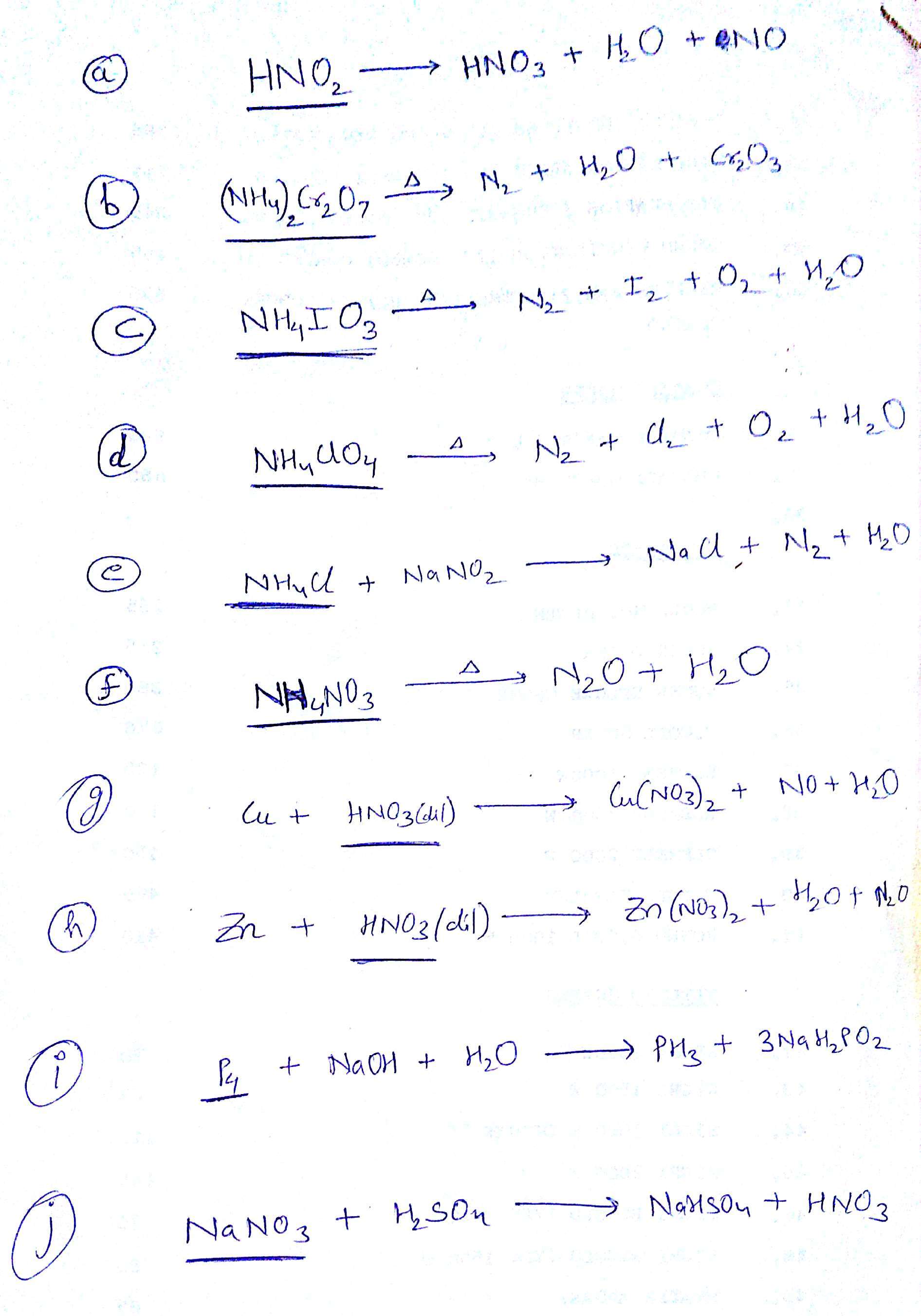N-factor calculation practice!

Calculate the n-factor of all the underlined species and Find the sum of all n-factors.
Your answer can be represented as , where and are coprime positive integers.
Enter your answer as .
Original
These reactions are some of the important reaction of p-block elements, it is suggested (by me) that you should also learn these reactions for JEE.
Here is the vast collection of questions of many different varieties that I have posted uptill now . You will enjoy solving them , Have a look Click Here :)
The answer is 1933.
This section requires Javascript.
You are seeing this because something didn't load right. We suggest you, (a) try
refreshing the page, (b) enabling javascript if it is disabled on your browser and,
finally, (c)
loading the
non-javascript version of this page
. We're sorry about the hassle.
Remember the Basic Defination - n-factor is the total no. of electrons gained or loosed p e r molecule of the sprcies .
Answers are